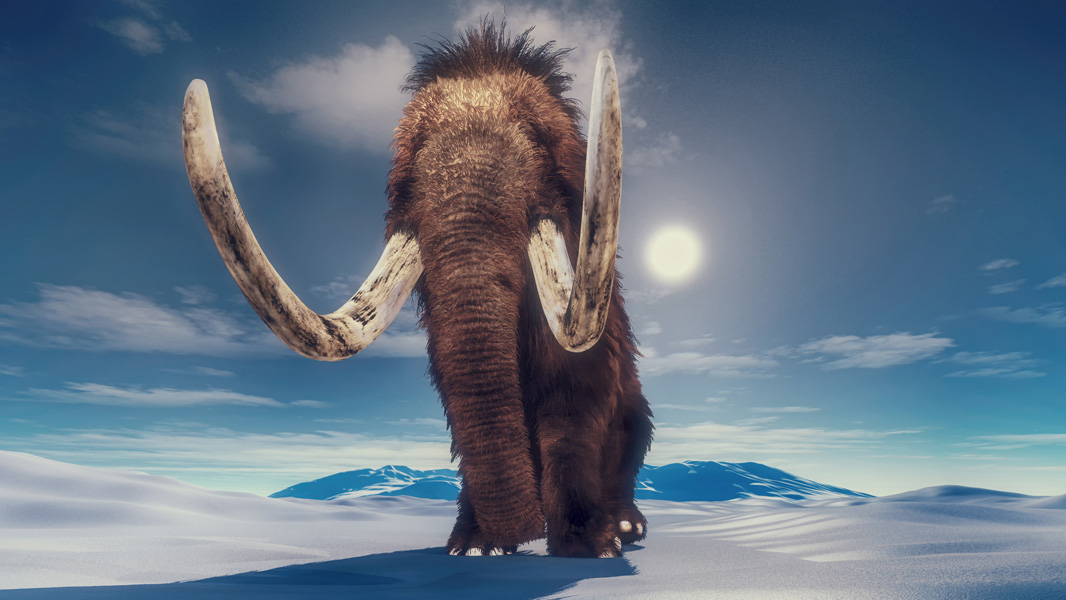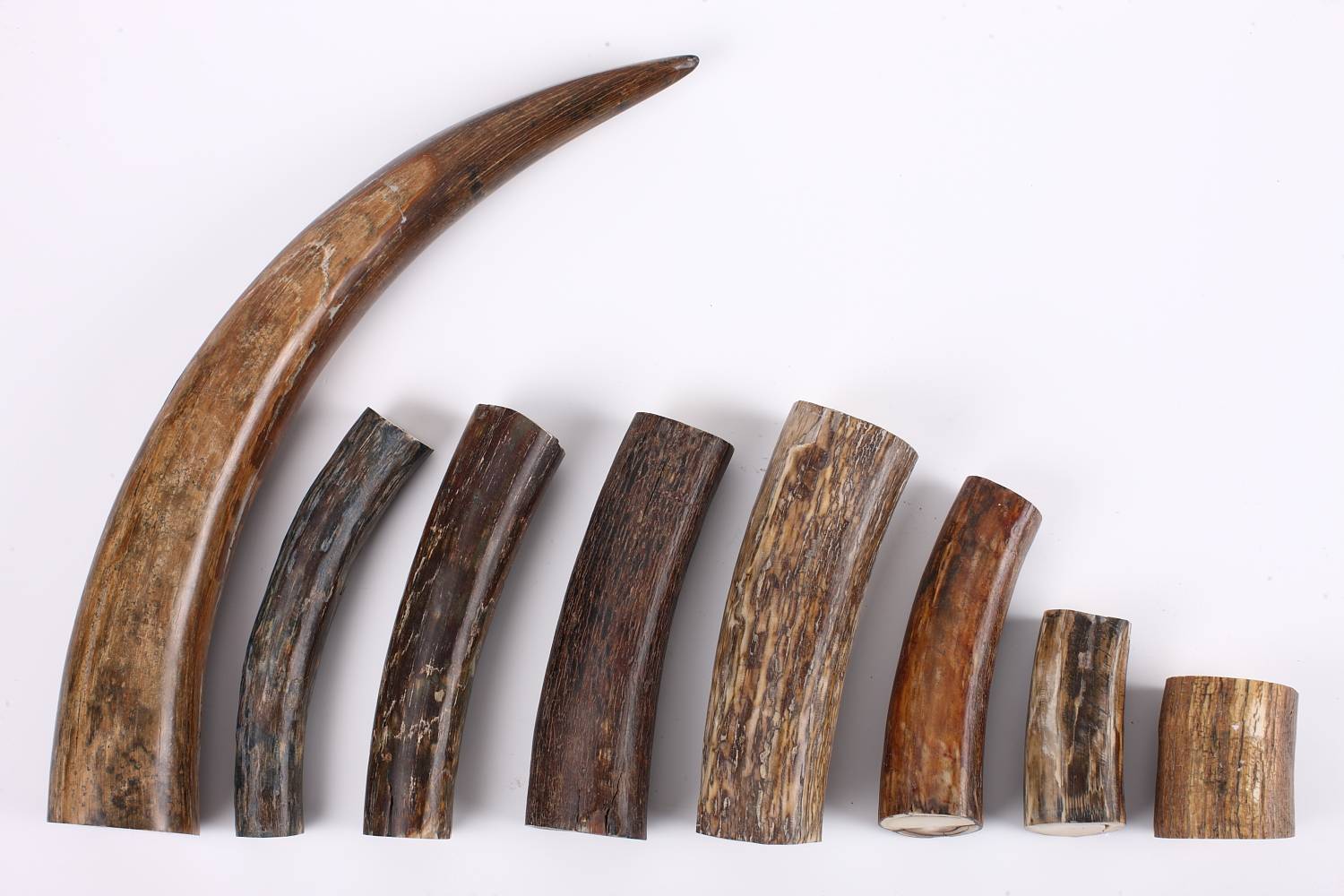Alaskan Fossils - An Overview
Table of ContentsThe Main Principles Of Alaskan Fossils All about Alaskan FossilsWhat Does Alaskan Fossils Mean?The smart Trick of Alaskan Fossils That Nobody is DiscussingAlaskan Fossils Can Be Fun For Everyone9 Simple Techniques For Alaskan Fossils
Seeing 2 bull African elephants take on on the substantial savannah is a view to see. Alaskan Fossils. As the world's largest land pets, weighing greater than five bunches, they participate in among the mightiest, legendary battles in the animal kingdom. This battle for superiority typically occurs when bulls enter a yearly state understood as musth, a time when their desire to companion remains in overdrive, comparable to deer in the rutting period.Smashing their heads together, interlocking their tusks, as well as pushing with all their might ends with only the greatest elephant standing triumphant. In some cases these fights are to the fatality. All types of living elephant share comparable screens of prominence, and this could suggest that their prehistoric forefathers did the exact same thing, or something comparable.
In the initial couple of days, as the team exposed more bones, it ended up being clear that the skeleton was going to be complete. They began to try the debris surrounding the necessary skull as well as were originally dissatisfied with what they disclosed. One of the tusks was facing the incorrect way.
Everything about Alaskan Fossils



Is it consequently possible that these 2 bulls remained in a state of musth when they were fighting? Evidence from frozen mammoths discovered in Siberia shows they had specialised temporal glands, the same glands that are located on each side of the head in living elephants, which produce a chemical substance when the bull remains in full musth.
About Alaskan Fossils
Close-up of the knotted tusks University of Nebraska State Gallery, When battling, living elephants with straight tusks are able to stab their challengers as well as cause much deeper injuries (utilizing the tusk sort of like a spear), however those with bent tusks utilize them for pushing as well as interlocking and rely a lot more on head-butting to do the damage.
Both are maintained in direct get in touch with, with their tusks turned around each various other. One of them has a full right tusk yet a snapped left tusk, whereas the other has a complete left tusk however a damaged right. The stub tusks have blunt, rounded sides, which shows that they were broken long before the battle emerged.
(Each is approximated to have evaluated 10 loads or even more.) It is affordable to presume that a person of the contenders might have been killed during the fight however was stuck with the other as an outcome. It is uncommon for living elephants to end up being tangled by their tusks, which are known to periodically break throughout battles.
The smart Trick of Alaskan Fossils That Nobody is Talking About
In extremely unusual cases, when the loser has given in due to the battle but is still connected, the victor will certainly shake free its dead competitor and scam its head at the same time, unintentionally wearing the cut head as a trophy. If one of the mammoths did pass away, probably the victor was also exhausted as well as the loser as well hefty that they can not separate.
Probably one of the most impressive feature of this exploration is the severe unlikeliness of its happening. Both were clearly participated in a mighty duel, became stuck together through strange circumstances, as well as were buried swiftly enough maybe over years that their skeletons continued to be undamaged, just to be discovered by full chance.
As bans tighten on the international cream color profession, suppliers are counting on an ancient cache of so-called "ice ivory" preserved in the Siberian permafrost as an unlikelyalbeit remarkably availablealternative. Woolly monstrous skeletal systems are fairly common throughout helpful resources the Yakutia region of north Siberia, according to a report by the AFP. As well as at the very least a few of those remains have made their way right into the hands of people selling cream color ornaments in Cambodia.
Alaskan Fossils Can Be Fun For Anyone
Because Cambodia exists on an essential ivory-smuggling course between Africa as well as Asia, Dr Round and his team are working to develop a genetics research laboratory there so that they can efficiently track the movement of the products."To our shock, within an exotic country like Cambodia, we discovered monstrous examples within the ivory trinkets that are being offered," stated Dr Round.
And also the shop owners are calling it elephant cream color but we've found out it's really mammoth."It's a vital misnomer, inasmuch as mammothsunlike elephantsare not covered by international agreements on threatened types. The helpful resources factor being that they're vanished and also therefore not, strictly speaking, threatened. Alaskan Fossils. It's this legal loophole that lies at the heart of the supposed "monstrous rush": a means to sell the profitable organization of ivory without breaking animal security legislations.
An optimistic view might recommend that this is a good point as far as the living, breathing elephants of Africa and also Asia are concerned. A reasonable ivory option that does not require bloodshed could be a reliable method of reducing the risk to endangered types.
What Does Alaskan Fossils Mean?
NEW ULM The Brown County Historic Culture held a homecoming for the partial massive tusk and also hipbone piece uncovered locally two years ago. click for more info The tusk and hip bone were found in a gravel pit in New Ulm, had by M.R. Paving & Excavating in 2020. Soon after the exploration, the Scientific research Gallery of Minnesota was gotten in touch with to validate the fossil as a monstrous tusk.
Dzenowski discusses the preservation process. Part of that time included researching the most effective preservation techniques. It is not usually a mammoth tusk that has undergone the conservation procedure. Among the factors preservation was needed is since the tusk has a number of different layers that dry at various prices. If an internal layer dries out as well rapidly it can cause the fossil to buckle, split and also splinter apart.